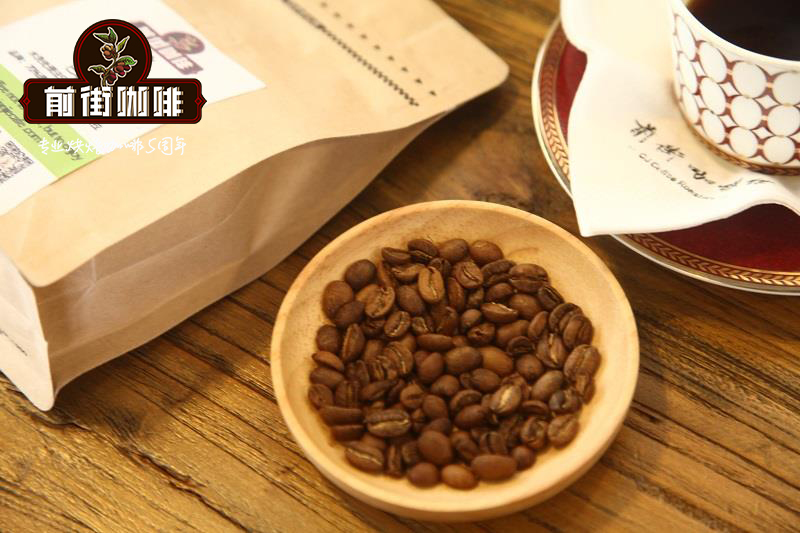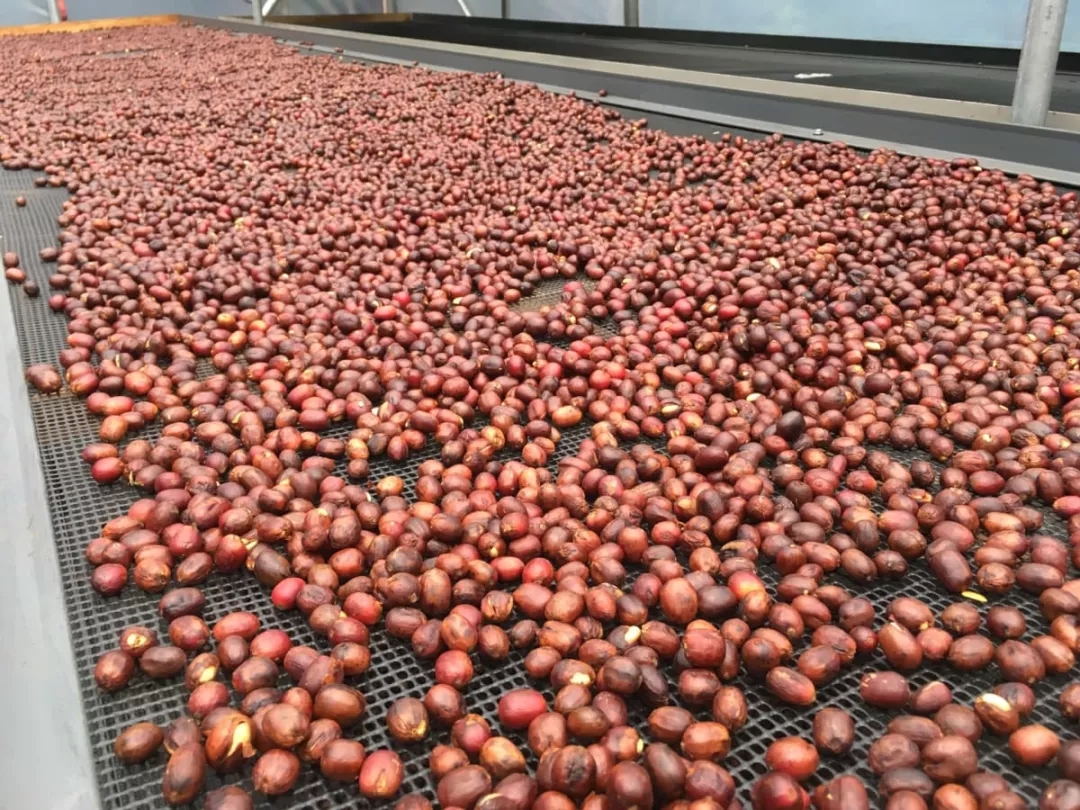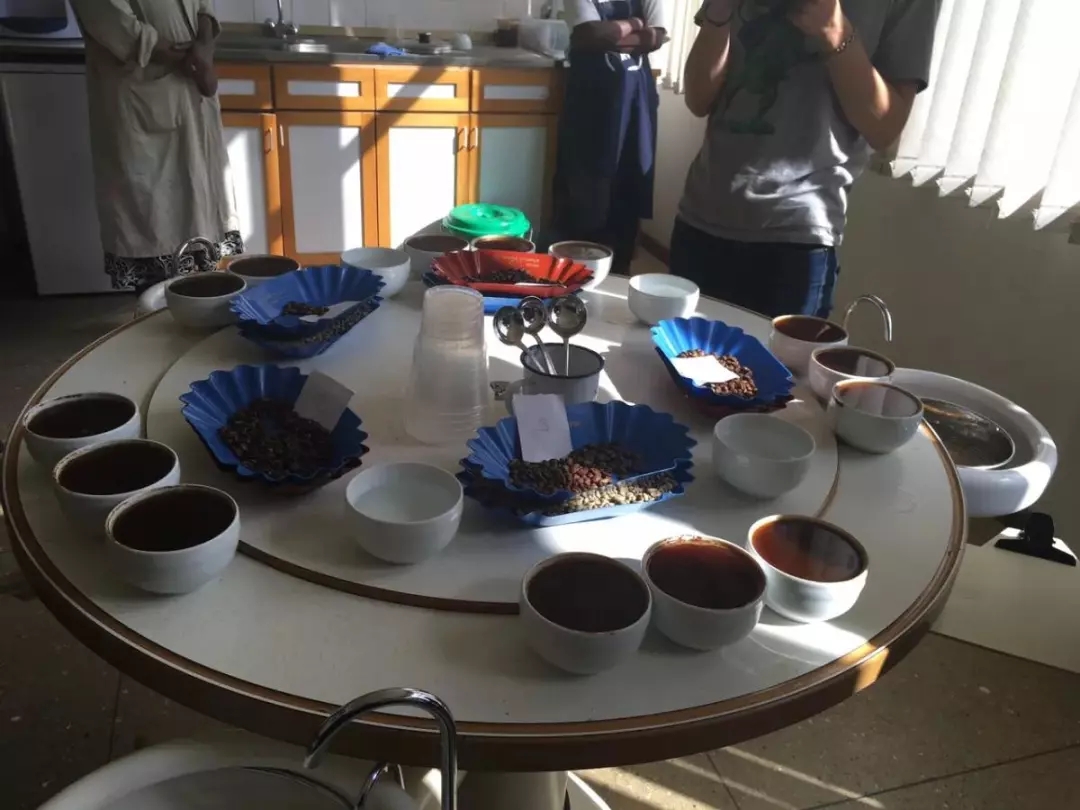Exploration of a new mode of coffee production: is it better for farmers to sell whole coffee fruits instead of coffee beans?

Professional coffee knowledge exchange more coffee bean information please follow the coffee workshop (Wechat official account cafe_style)
It is generally believed that small farmers need to cooperate and collect harvested fruits, processing and direct trade in order to be competitive and profitable in the coffee industry.
As long as small farmers are not linked to certified cooperatives, cup testing laboratories, processing plants and import and export units, they will never be able to get rid of the cycle of poverty caused by intermediary exploitation. This view may be basically true, but there are exceptions.

Over the past few years, CRS has been implementing a program in the San Marcos coffee region of Guatemala from low altitude (600m) to middle altitude (1100 m). The project was originally designed to study ways to fight coffee leaf rust, focusing on supporting unorganized coffee farmers to start reforming their farms. It also organizes community members into small banks (a group of 15-20 members) and intra-community loans (SILC). The group then mobilized to form a larger network (10-20 groups). Over the years, the program has evolved and solved new problems, as farmers and CRS have evolved their understanding of the supply chain.
Compared with other parts of Guatemala, the Nuevo Progreso area of San Marcos produces lower yields (1400 pounds per hectare). Some people have discussed why this may be caused by nutrients in the soil that are not suitable for growing coffee or excessive rainfall (3000 to 4000 mm per year). Most of the coffee in the area is produced by disorganized small farmers who sell coffee in the form of whole fruit at the gate of the farm.
The financial data collected by the author can be predicted that the cost is higher than the income and the income cannot make ends meet, which is related to the low coffee season price, the relatively low farm price and the low profit rate. After talking to several buyers operating nearby and using our coffee quality standards to measure coffee scores in the area (with an average cup test score of 81.5), we speculated that high-end boutique coffee is unlikely to be a solution for these farmers.

Los Volcanes is a Guatemalan exporter with a social mission responsible for producing and exporting quality coffee and prides itself on the traceability of its supply chain. During the 2018-2019 harvest, Los Volcanes worked with CRS and its farmers to operate an alternative business model that might be feasible in the region. This model takes advantage of the strengths of the three cooperative roles and mitigates some of the weaknesses listed above.
This model includes:
1. Small peasant groups organized from CRS mobilize the harvest once a week.
2. According to the instructions of the exporter, the ripe coffee fruit is harvested at the right time, and then the SILC team carries out the second stage of the quality control process.
3. The logistics system composed of SILC ensures that all harvested fruits are transported to the processing plant, and the logistics funds are provided by the network commercialization fund.
4. The coffee is shipped to the Antigua producing area and processed for 12 hours. Farmers will be paid within 48 hours of the operation of the SILC network, deduct logistics costs to supplement the network commercialization fund, and distribute the balance to farmers. The network, composed of representatives of each participating SILC, is responsible for managing the commercialization fund and ensuring accountability and transparency in accordance with the financial and accounting standards of the methodology.

This model has many benefits. Due to good fruit picking and organizational skills, farmers are protected by 40% higher than the average farm price (after deducting costs). Farmers are paid in a transparent and direct manner within 48 hours, and cash is deposited directly into the commercialization fund of the SILC network. Unorganized farmers are exempt from extra post-harvest processing work and do not need to do so.
Finally, taking into account the accuracy and attention required for fruit picking and grading, farmers have to pay the number of workers and wages in this part, which is 20% higher than the average daily wage in the area, thus benefiting the third group.
In turn, according to its precise quality control standards, Los Volcanos has been able to improve the quality of Nuevo Progreso coffee above its benchmark score. It can also recognize other buyers of SILC online coffee.
Los Volcanes needs more production in the coming year, and SILC networks are asking why they haven't used this model for commercialization for years. As the purchase price of coffee continues to hit bottom, participants in the country of origin and downstream of the supply chain must continue to examine how the model works and innovate to improve profitability.
Author: Dan McQuillan
Real Coffee Daily Coffee News
Important Notice :
前街咖啡 FrontStreet Coffee has moved to new addredd:
FrontStreet Coffee Address: 315,Donghua East Road,GuangZhou
Tel:020 38364473
- Prev

The common sense of coffee roasting, what is the effect of roasting on the flavor of coffee?
Baked into a rich and charming aroma ~ first of all, after baking at more than 200 degrees Celsius, the water begins to evaporate, the volume expands by 60%, and the weight is reduced by about 20%, depending on the degree of baking. The deeper the baking, the more weight loss. Another important phenomenon is exhaust, raw beans will release carbon dioxide coffeebyroast during baking, coffee beans in
- Next

The importance of coffee planting altitude: does height really determine the quality of coffee beans?
Professional coffee knowledge exchange more coffee bean information follow the coffee workshop (Wechat official account cafe_style) pick up a bag of roasted boutique coffee, you can learn about the beans from its bag: country of origin, region of origin, manor, roasting degree, flavor if it is a bag of single beans, the information on the bag will usually have an altitude.
Related
- Beginners will see the "Coffee pull flower" guide!
- What is the difference between ice blog purified milk and ordinary milk coffee?
- Why is the Philippines the largest producer of crops in Liberia?
- For coffee extraction, should the fine powder be retained?
- How does extracted espresso fill pressed powder? How much strength does it take to press the powder?
- How to make jasmine cold extract coffee? Is the jasmine + latte good?
- Will this little toy really make the coffee taste better? How does Lily Drip affect coffee extraction?
- Will the action of slapping the filter cup also affect coffee extraction?
- What's the difference between powder-to-water ratio and powder-to-liquid ratio?
- What is the Ethiopian local species? What does it have to do with Heirloom native species?

